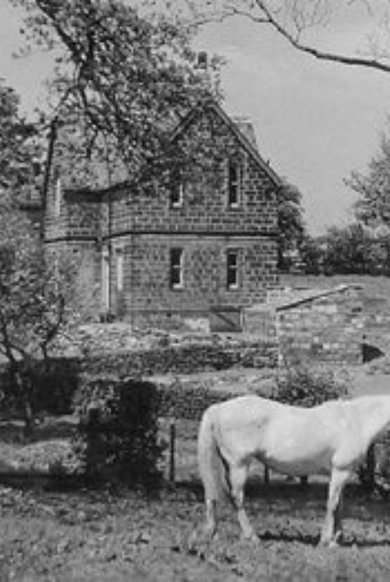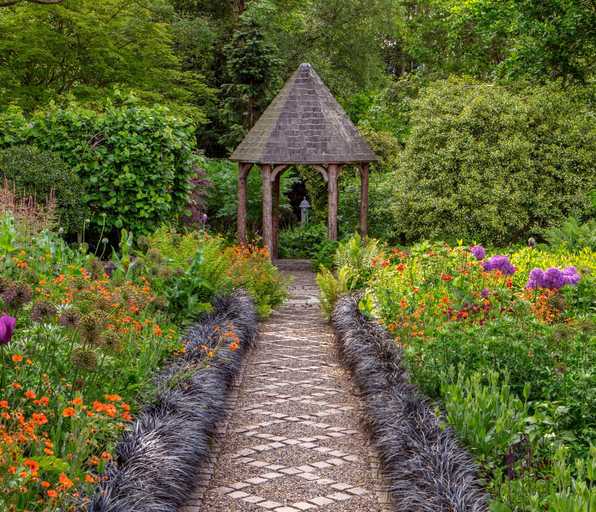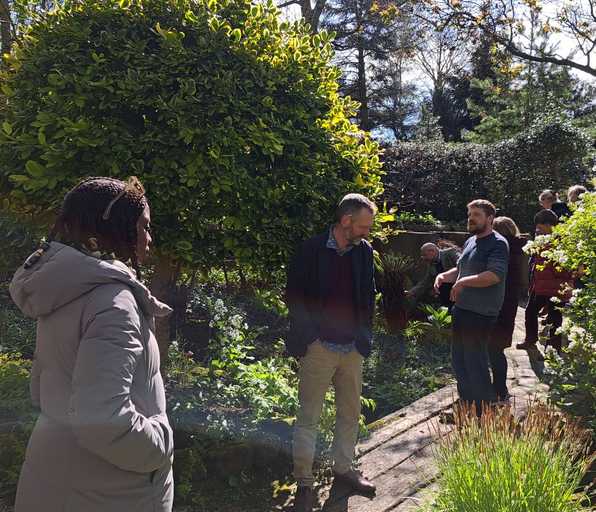
The history of York Gate Garden
In 2016 we were awarded a grant from the Heritage Lottery Fund. Since then we have been delighting in a volunteer led research and interpretation project to capture the unique history of the house and garden, demonstrating its importance in garden history and are pleased to share our new digital archive website. In the final year of our project you will see the fruits of our labour emerge in and around the garden presented in various ways.
When Frederick Spencer bought York Gate in Adel near Leeds in 1951, it was nothing but a house surrounded by farmland. He laid down the bones of the garden, but after his death in 1963, it was his son Robin who took over the development and design. Inspired by some of the outstanding gardens of the Arts & Crafts movement such as Hidcote, he created in just one acre, a garden which by the early eighties was regarded by many as one of the best small gardens in the world.
Like Hidcote, York Gate Garden is divided up into a distinct number of ‘garden rooms’, using yew and beech hedges. What makes this garden exceptional is the exquisite detail Robin incorporated within each part, while using his great skill to unite them into a coherent whole through a continuous succession of vistas and focal points.
Robin died suddenly and prematurely in 1982 at the age of only forty-seven. For the next twelve years his mother, Sybil nurtured the garden. A gifted plantswoman, she continued to develop the fascinating plant collection, which remains today.
On Sybil Spencer’s death in 1994, York Gate garden was bequeathed to Perennial. A programme to develop areas in need of restoration is ongoing but the charity will continue to maintain the garden in sympathy with the Spencers’ design and in accordance with Sybil Spencer’s wish that it will continue to attract visitors for both education and pleasure.
Thanks to the generous Heritage Lottery Fund grant, you can now see and hear elements of the York Gate story in our photographic exhibition, our volunteer tours, our Heritage of York Gate book, and much more. Click here to visit The York Gate Garden Archive.







